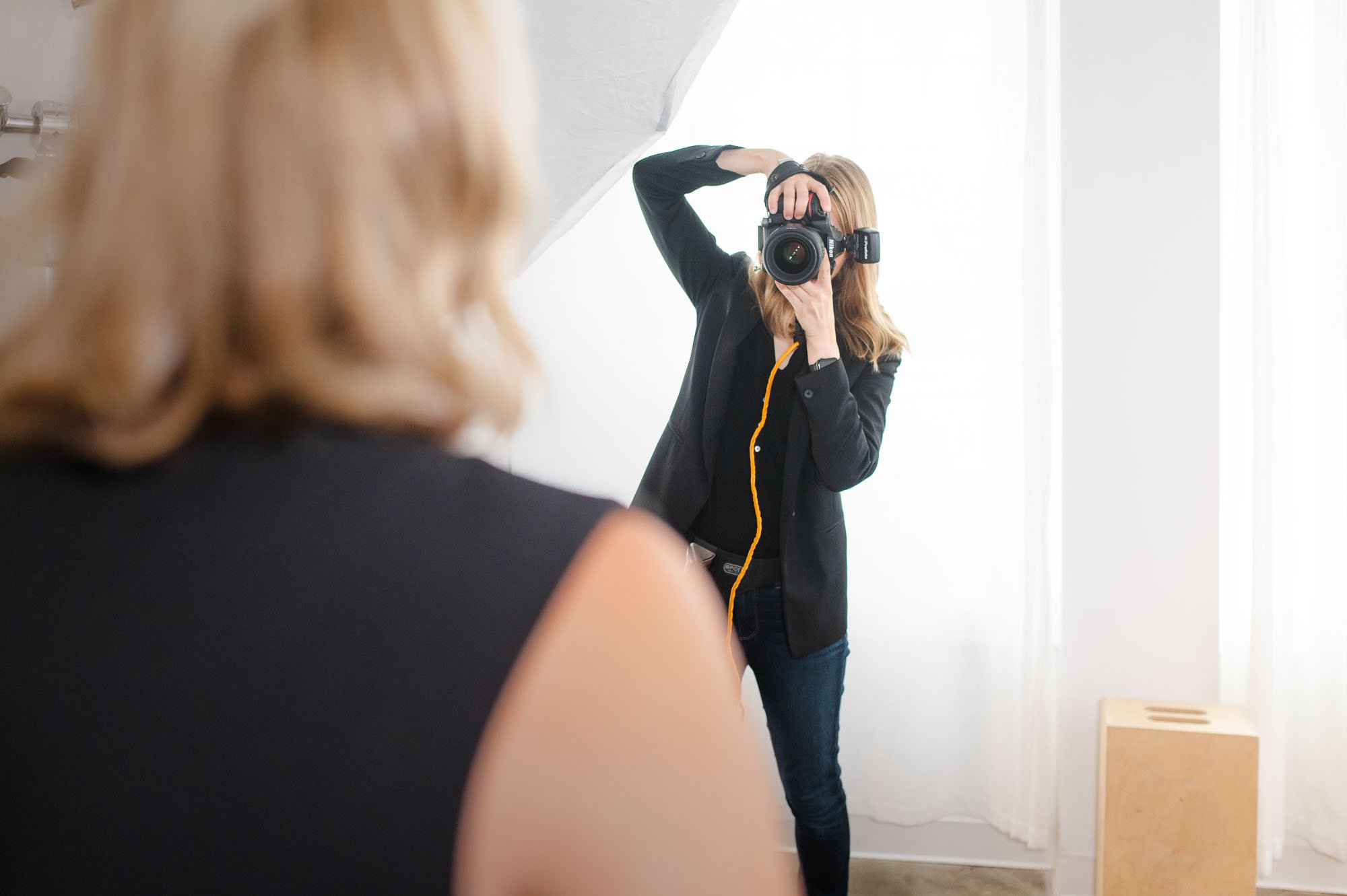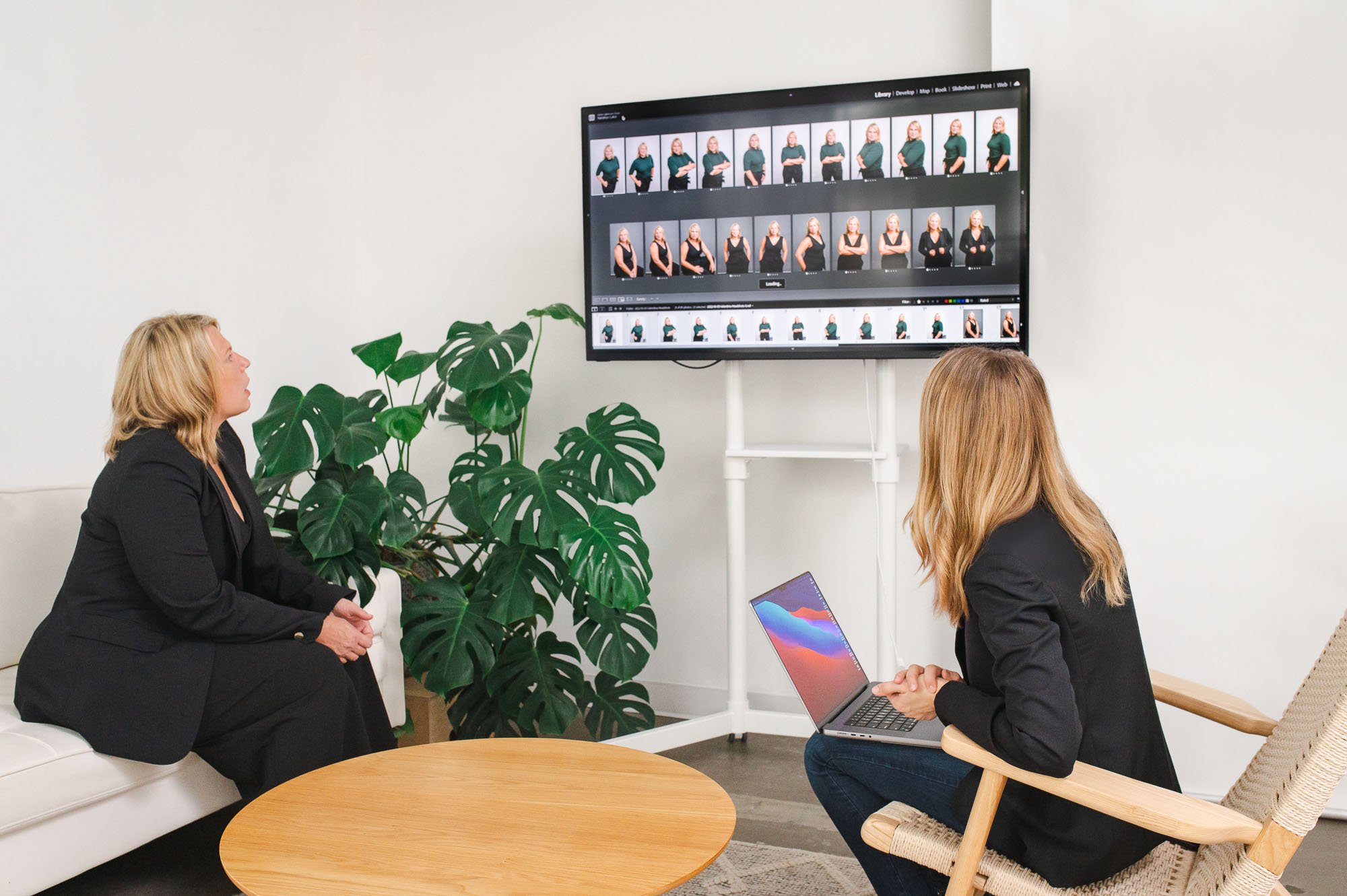How to Start a Photography Business: A Step-by-Step Guide for Aspiring Photographers
Starting a photography business can be an exciting journey, blending creativity with entrepreneurship. But like any business venture, it requires careful planning, hard work, and a clear understanding of what you want to achieve. Whether you’re looking to make photography your full-time career or a profitable side hustle, this step-by-step guide will walk you through the essential steps to turn your passion into a successful business.
In this Blog post, we’ll go over the exact steps you should take to start your photography business based on my experience as a professional photographer of over a decade.
1. Define Your Niche
Photography as a field is so broad and varied that you can spend your entire life exploring all the different corners of it. Not only that, but each niche is very different from one another. As a portrait/headshot photographer I am in no way qualified to take beautiful landscape photos or capture the precious memories during a wedding.
That being said, defining your niche is truly the first step to building a focused, successful business. Specializing allows you to tailor your skills, marketing, and services to a specific audience, making you stand out in a competitive industry.
Common photography niches include:
Portrait photography (e.g., headshots, family portraits, senior photos)
Event photography (e.g., weddings, corporate events)
Commercial photography (e.g., product photography, food photography)
Lifestyle photography (e.g., branding, travel)
Fine art or landscape photography
Take time to explore what excites you and aligns with your skills and interests. Your niche should not only be something you enjoy but also a service people are willing to pay for. But don’t worry, if you ever want to switch to a different photography speciality down the line, you certainly can (or take it up as a hobby!).
2. Build a Portfolio
Your portfolio should showcase your style, skills, and the quality of your work to potential clients. If you’re just starting out, you may not have paid gigs yet—but that’s okay and in fact, that’s usually where everyone starts from.
How to build your portfolio:
Collaborate: Work with friends, family, or local businesses to create sample projects.
Offer Free or Discounted Sessions: While you should value your work, doing a few free or discounted shoots early on can help you gain experience and content for your portfolio. In fact, plenty of established professional photographers regularly do test shoots to explore new techniques and keep their creature juices flowing. One caveat, however, is that you really shouldn’t charge for you work until it’s at a high enough level to warrant payment.
Focus on Quality, Not Quantity: Include only your best work in your portfolio to make a strong impression. Be ruthless. And ask other more seasoned photographers to evaluate your gallery to get a different perspective on what’s good and what should be removed.
3. Develop a Business Plan
A business plan in the traditional sense isn’t strictly necessary, but thinking about your business and laying out your intentions is extremely helpful. This plan should outline your goals, strategies, and the steps you’ll take to achieve them.
Key elements of a photography business plan include:
Mission/Vision Statement: Why are you starting this business, and what do you aim to achieve?
Target Audience: Who are your ideal clients?
Services and Pricing: What will you offer, and how much will you charge?
Marketing Plan: How will you attract and retain clients?
Financial Plan: What are your startup costs, and how will you manage your finances?
I would also suggest looking at the competition in your area to better narrow down how you can differentiate yourself from all the other photographer options potential clients might have.
4. Invest in Equipment
Professional photography requires quality equipment, but you don’t need to spend a fortune right away. Start with the essentials and upgrade as your business grows.
Essential equipment includes:
Camera Body: A good DSLR or mirrorless camera.
Lenses: Invest in one or two quality lenses ideal for your niche, such as a prime lens for portraits or a wide-angle lens for landscapes.
Lighting Equipment: Reflectors, softboxes, and external flashes, but only if you need them as this can get very expensive very quickly.
Tripod: For stability in low-light or staged shots, if that’s something you feel like you’ll need.
Editing Software: Get Adobe Lightroom + Photoshop for post-processing as they are affordable (currently $19.99/month) for starting photographers. And make sure you learn how to use them.
Buy only what you need. Skill and creativity often matter more than having the most expensive or new gear.
5. Create a Brand Identity
Your brand is how people perceive your business. It includes your style, voice, and visual identity. A strong, consistent brand helps you connect with your audience and stand out from competitors.
Steps to create your brand:
Choose a Business Name: Select something memorable that reflects your style and niche. And it’s always ok to just use your name!
Design a Logo: Your logo should be simple, professional, and recognizable. Mine went through several variations before I settled on the simplest most plain logo imaginable, and I feel no reason to change it.
Develop a Website: Your website is your online portfolio and a hub for potential clients to learn about you and your services. Make sure to include your location and an easy to for potential clients to contact you.
Define Your Style: Establish a consistent aesthetic for your photos, marketing materials, and social media presence. This can certainly change and evolve with time, but be sure to infuse as much of yourself and your personality in your work as you can, because that will be why your clients hire you. Once again, look at your local competition and figure out how you will be different.
6. Set Up Your Business Legally
Before you accept any client payments, please for the love of God set up your business properly. This will save you a lot of headaches down the line not to mention avoids potential issues with the IRS.
Key steps to take include:
Register Your Business: Choose a business structure, such as a sole proprietorship (perfect if you’re just starting out), or an LLC (which offers liability protection) and register your business with your state or local government.
Get a Tax ID: Apply for an EIN (Employer Identification Number) - it’s free and you can easily do it online. If you clicked on some link and it’s asking you for payment, it’s a scam.
Obtain Necessary Licenses and Permits: Check local State requirements for running a photography business. Typically you’ll need to register with your town (they’ll want you to pay for a business license, which is usually pretty cheap) and get a sales tax ID (So you can collect and pay sales tax. Don’t skip this if your State requires it!)
Open a Business Bank Account Keep your personal and business finances separate.
Get a Business Credit Card: I like my Chase Ink card, but you can get any other one as well. Once again, you don’t want to be mixing business and personal expenses.
Purchase Insurance: Liability insurance and equipment coverage are essential for protecting yourself and your gear. PPA offers a great package deal that includes it.
Sign up for Stripe or Square: It is extremely unprofessional to be accepting payment via Venmo or some other cash app that tries to skirt taxes as a professional photographer. I personally use Square (use my link for $1000 in free processing) for all of my invoice and on-site payments. Stipe is another great option. And they’re all free (every one of these will take a % of the sale for processing - it gets deducted at tax time as your cost of doing business).
One note on registering your business that’s fairly important. Most of this can be done online using the IRS and local government websites. And it’s not going to be super expensive (usually less than $100 and sometimes as low as $10-25). If you receive a very official looking letter saying that you need to file a form for $250 for your business, it’s usually a company that’s trying to swindle you. And don’t fall for LegalZoom or some similar site charging you $$$ to file things, it’s not that hard to do it yourself if you spend a bit of time to fully understand what’s needed.
7. Price Your Services
Pricing can be tricky, especially when you’re just starting out. Your rates should reflect your skill level, experience, and the value you provide to clients, but also consider everything that goes into creating the final product.
Tips for pricing:
Research competitors in your area to understand market rates, but also don’t rely on this to set your prices.
Consider your costs, including time, equipment, and editing.
Offer packages to give clients options and encourage higher-value bookings.
Don’t undervalue yourself—pricing too low can hurt your business in the long run and can be hard to recover from not to mention might lead to burnout and an absolute hate for photography (and people) at the end of it.
As you gain experience, improve your skills and build a reputation, you can gradually increase your rates. Personally I’ve always priced based on the value I’m giving the client. If I’m raising my prices, I’m also going to be providing MORE.
8. Market Your Business
Marketing is essential for attracting clients and growing your business and is different for every photography genre. The fastest way to learn best practices is to attend conferences and workshops that might give you insight into what works best for other photographers in your niche. I would also recommend trying a lot of different approaches at the start of your business and narrowing down what actually works based on your unique results.
Effective marketing strategies include:
Social Media: Share your work on platforms like Instagram, Facebook, and LinkedIn. Use relevant hashtags to reach your target audience, but also don’t rely on this method as your only advertising approach.
Search Engine Optimization (SEO): Optimize your website with keywords related to your niche to appear in search results. Start a Blog to share your work and use relevant search terms to gain visitors.
Networking: Build relationships with other professionals and local businesses who can refer clients to you. And if you have an established network of friends or people you know, make sure they’re aware of your new business.
Email Marketing: Collect emails and send regular newsletters to keep clients engaged.
Client Referrals: Provide excellent service and encourage satisfied clients to recommend you to others.
A combination of online and offline strategies will help you reach your audience and grow your client base. Don’t be afraid to stray from the most commonly used approaches and cater your marketing efforts to what you enjoy most.
9. Deliver Outstanding Customer Service
Your reputation is everything in the photography business. Providing excellent service will set you apart and lead to repeat clients and referrals.
Ways to deliver great service:
Be responsive and professional in your communications.
Make your clients feel comfortable and confident during shoots.
Deliver high-quality, retouched images on time.
Follow up to ensure satisfaction and ask for feedback or testimonials.
Happy clients are the key to a thriving business.
10. Continue Learning and Growing
Photography is an ever-evolving field, and staying current with trends, techniques, and technology is crucial for long-term success. I suggest joining PPA or a similar photography association and attending conferences to keep up to date with everything. Not only that, but staying inspired and improving your business is a great benefit of continuing your learning.
How to keep learning:
Attend workshops and conferences.
Take online courses or watch tutorials.
Experiment with new styles and techniques.
Invest in advanced equipment as needed.
The more you grow as a photographer, the more value you can offer to your clients.
Starting a photography business isn’t for the faint of heart. It can be grueling, disappointing, and stressful on a good day, but in the end, it can also be one of the most gratifying things you do in your life.
I believe in doing things the right way but also in not wasting effort trying to reinvent the wheel. There are lots of photographers to learn from and plenty of content to dive into. The most important thing to remember with photography, though, is that practice and doing are the most important. Action on your part will move you forward. Keep doing that and not giving up and you will reach that success that you’re striving for.





